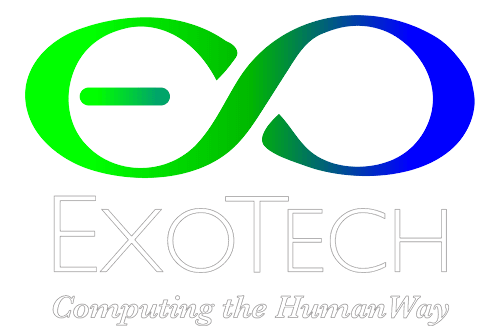Human Artificial Intelligence and Today’s Artificial Intelligence, Part 2
Overview of Today’s “Artificial Intelligence”
For those who are interested to know more about today’s AI, an excellent summary of the state of artificial intelligence today has been written by Andrew Trask, a PhD student at Oxford University. In a recent article, he describes in a technical manner the two branches of AI today – the same branches summarized above.
The brute force method occasionally has its advantages over humans when it can use its massive computing power to calculate the outcome of all possible combinations (in a chess game, for example) better than a human can. Essentially, the brute force approach can sometimes be useful by “seeing” (or rather, calculating) better than a human can, and finding optimizations that are beyond human capacity to calculate in a practical time period. That is exactly what a meteorology program does.

It is interesting that when you study closely both these branches of AI – which together make up Predictive Data Handling – you see that the common factor is that they are both attempting to use various methods to identify fixed (and therefore predictable, future-useful) relationships of data (or of data and activities), often with the intention that once the fixed relationship is identified, they can then be used and useful now or in the future when the same circumstances arise again.
Perhaps it is to be expected that this is exactly the same philosophy which underlies the entirety of today’s computing: namely, the effort to establish, and then use, fixed relationships. If you were to define today’s artificial intelligence, you could therefore describe it as software that uses past data to predict or decide future events and activities.
The fly in this artificial intelligence ointment is that it is very easy to demonstrate that fixed data relationships are the smallest part of what a human does with data. Computers today – and today’s AI as well – mostly do a pretty good job of handling fixed relationships, the main problem being that most of what people do does not involve fixed relationships.
Every sentence that you speak or read is a series of relationships of meanings that is created on the fly, dynamically as you speak or write it. Ninety-nine percent of what a human does consists of handling data dynamically, on the fly.
Today’s artificial intelligence is a useful tool that can be used to detect and deal with those instances where Predictive Data Handling is useful.

